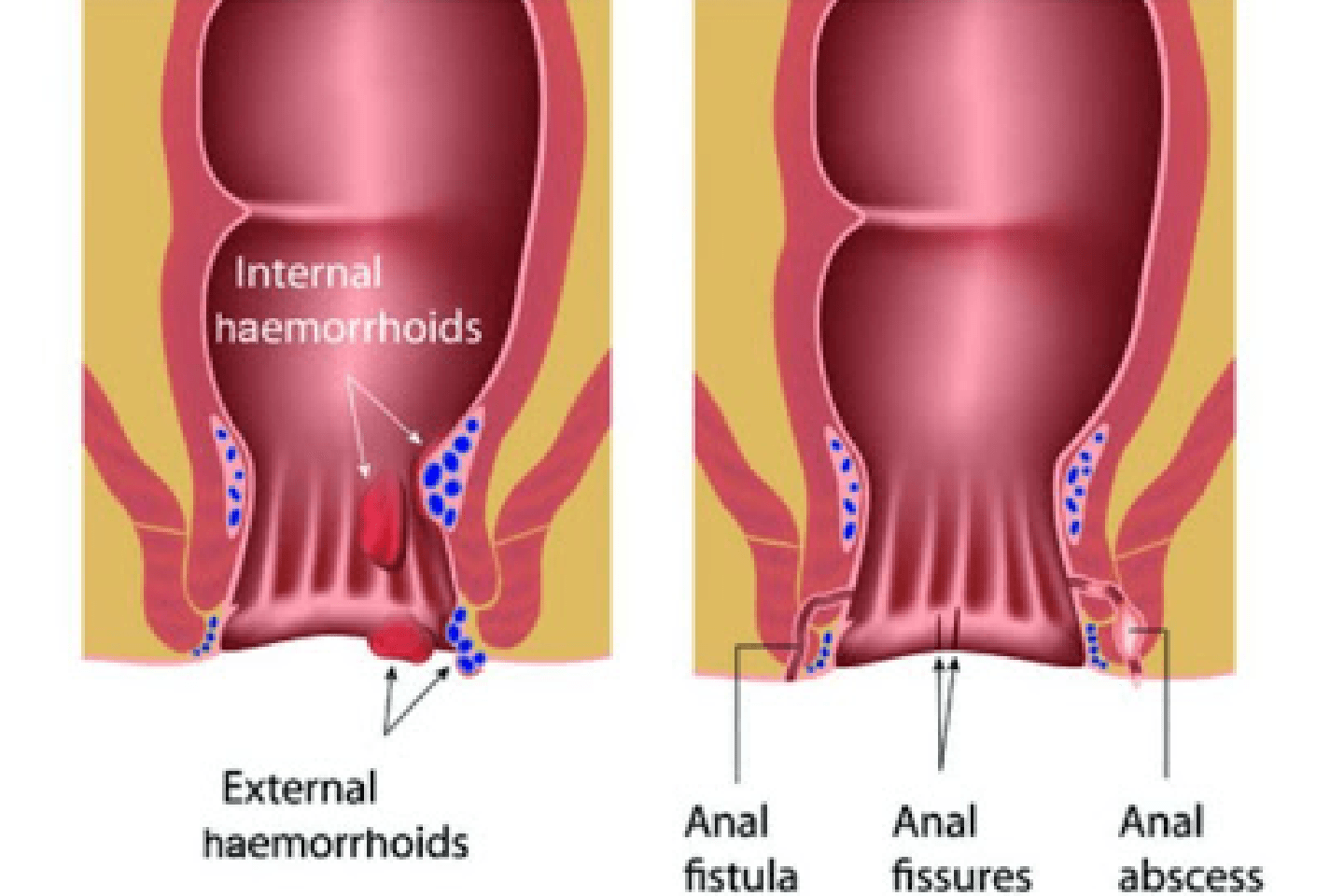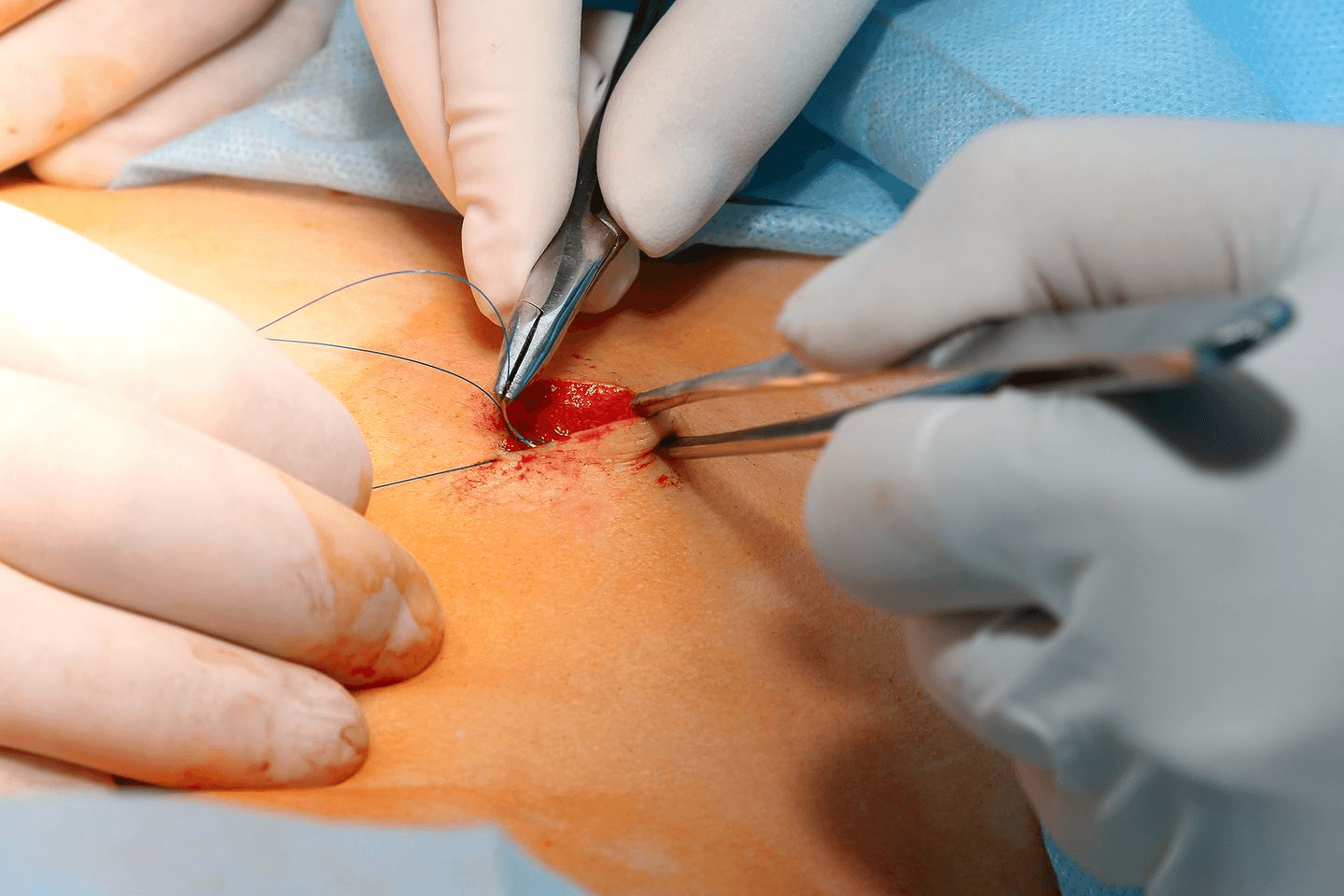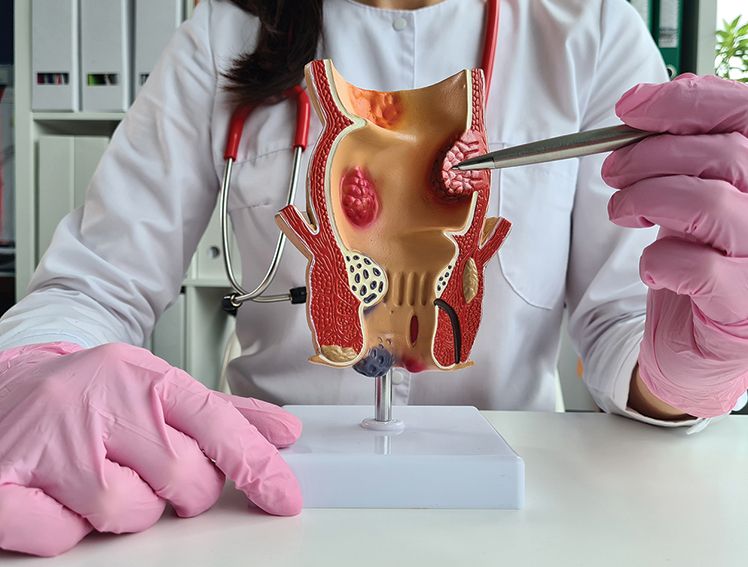
Anal fistula - Symptoms & Treatment
Introduction
A fistula is an abnormal connection between any two organs, blood vessels or tissues. A fistula could be formed from an abscess, i.e. a pocket of pus in the body. The abscess could continuously be filling with body fluids like urine or stool, which prevents healing. It eventually breaks through to the skin, another organ or body cavity, and creates a fistula.
It is difficult to treat a fistula with medication alone, and fistula surgery is a faster way of treating such an abnormal connection. In this article, we shall attempt the understand one of the most common types of fistulas – the anal fistula. Here’s all you need to know about anal fistula, its types, symptoms, testing and diagnosis and when you may need to go for anal fistula surgery.
What is an Anal Fistula?
An anal fistula is defined as the abnormal opening between the external skin of the buttocks and the anal canal. This type of fistula is typically formed if an anal abscess spurts or bursts before it is treated. It could also occur if an abscess is not entirely healed.
An anal fistula originates in the anal glands located between the internal and external opening around the anus and drains into the anal canal. If the outlet of the anal glands gets blocked, it can lead to the formation of an abscess, which can extend to the skin surface eventually.
Types of Anal Fistula
Based on where it is located, an anal fistula is classified into four types. They are as under:
- The Intersphincteric Fistula: The Intersphincteric fistula is the abnormal tract which starts between the internal and external sphincter muscles, ending in the anal region.
- The Tran sphincteric Fistula: The Tran sphincteric Fistula is also known as the horseshoe fistula. It is the inflamed, abnormal tract which crosses the external sphincter, and it opens inside the anus region.
- The Suprasphincteric Fistula: The Suprasphincteric Fistula is the abnormal tract which starts between the internal and the external muscle space. It crosses the puborectalis muscle and opens outside the anus.
- The Extrasphincteric Fistula: The Extrasphincteric Fistula is defined as the abnormal tract, which begins at the rectum. It crosses the puborectalis muscle and then opens around the anus. This fistula is typically caused by an appendiceal abscess, i.e. Crohn’s disease.
Symptoms of Anal Fistula
You may need to see a doctor and undergo anal fistula surgery if you notice the following, common symptoms.
- Skin irritation around the anal region
- Foul smell from the anus
- Growing, chronic pain around the anal area, which gets worse while upon sitting, walking and even
- coughing
- Painful bowel movement
- Rectal bleeding
- Redness of the skin near the anal area
- Fever which is associated with chills
- Tiredness and fatigue
Testing and Diagnosis
For fistula treatment, the doctor initiates a diagnosis by reviewing the patient’s symptoms and medical history and then conducts a physical or rectal examination.
A physical examination is conducted to detect the opening of the fistula, along with the tenderness and the drainage of pus near the anal area. Typically, the doctor presses around the fistula gently and determines its tenderness and checks for bloody discharge. While the external opening of an anal fistula can be located easily, it can be quite challenging to determine an internal opening, for which the doctor may recommend a rectal examination.
In a rectal examination, the doctor inserts a glove-covered and gel-lubricated finger into the patient’s rectum to determine the area of infection, the extension of the fistula and how the sphincter muscle is functioning.
Apart from these basic methods of diagnosis, the doctor may also insist on further tests to determine the appropriate course of fistula treatment. These include:
- A proctoscopy in which the doctor uses a specialized telescope fitted with a light to see inside the rectum. A proctoscopy is a fistula surgery which is typically performed under general anaesthesia.
- An anal endosonography, which is also known as an anal ultrasound. This is also a safe procedure in which the doctor uses high-frequency sound waves to capture images beneath the anal canal’s surface.
- A Magnetic Resonance Imaging (MRI) scan may also be needed to determine complex, reoccurring fistulae. The MRI scan uses powerful magnetic radio waves to create a detailed image of the infected organ.
- A Computerized Tomography or CT scan, which combines X-rays and computers to create detailed cross-sectional images of the patient’s body. CT scans also help evaluate the degree of inflammation.
Anal Fistula Treatment Options
Anal fistula treatment options essentially depend on the strength and complexity of the sphincter muscles. Since there aren’t any options for medication, doctors typically resort to fistula surgery procedures such as
- Fistulotomy: This is the most common and effective fistula surgery procedure in which the doctor opens and drains the anal fistula.
- The Seton Technique: In this technique, the doctor inserts a thin surgical thread in the fistula tract, which enables the fistula to drain and ultimately heal.
- The Advancement Flap Procedure: In case the fistula passes through anal sphincter muscles, the doctor may perform this procedure. Here the doctor covers the hole of the fistula so that it can heal.
- The Fibrin Glue Procedure: Also known as the Collagen Plug procedure, this is a non-surgical procedure that helps treat anal fistula. In this procedure, the doctor injects special glue while the patient is under general anaesthesia. The glue seals the fistula and helps it heal.
Conclusion
An anal fistula is not generally harmful, but it can cause a lot of pain. One may also experience irritation due to the drainage of pus. Furthermore, recurrent abscesses can lead to significant morbidity for a while, due to the pain. They may also indicate the start of a systemic infection. As such, when you notice the symptoms, you should visit your doctor at the earliest and seek fistula treatment. As mentioned above, if the infection is severe, you may need to undergo a fistula surgery. Post fistula surgery recovery, one should take the necessary precautions to prevent its recurrence. Precautions include maintaining a fibre-rich diet and drinking lots of liquids. One should also avoid straining while passing stools and exercise regularly. It also helps to keep the anal area dry.



